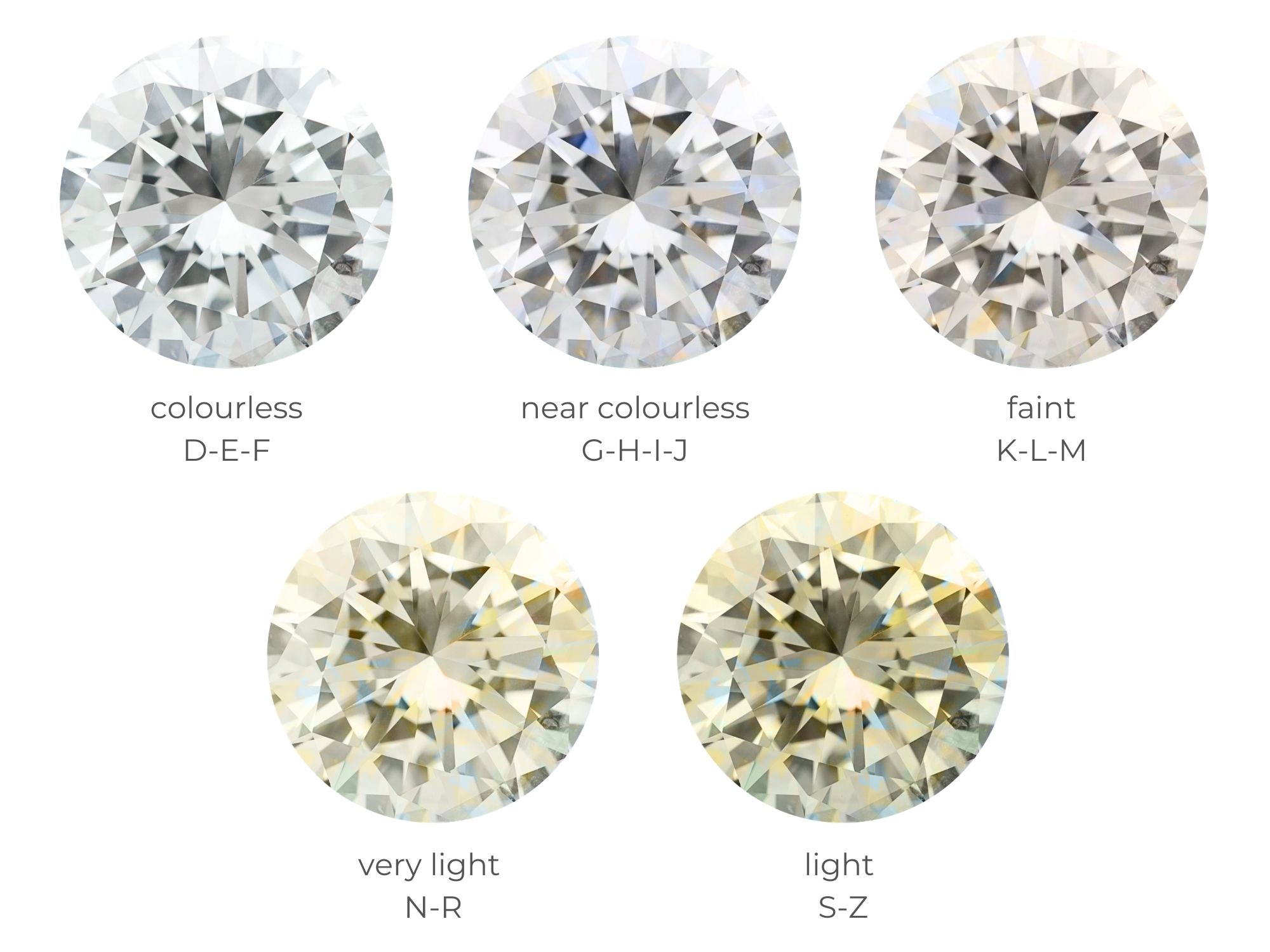When one contemplates the brilliance and allure of diamonds, an ethereal image of unyielding strength and timeless elegance emerges. Diamonds, often regarded as the paragons of durability, have captivated humanity for centuries. Their flawless shimmer and formidable structure have made them synonymous with luxury and longevity. But as the world evolves, so too does our understanding of what constitutes a “true” diamond. This is where lab-grown diamonds enter the lexicon, posing an intriguing question: are these synthetic gems as hard and resilient as their natural counterparts?
To answer this, we must first elucidate the intrinsic properties of diamonds themselves. Formed deep within the Earth’s mantle over billions of years, natural diamonds are the result of an extraordinary amalgamation of high pressure and temperature. Composed entirely of carbon atoms, they crystallize in a cubic lattice structure, rendering them not only visually stunning but also remarkably resilient. On the Mohs scale of mineral hardness, diamonds reign supreme, boasting a rating of 10—the pinnacle that fewer materials dare to challenge.
As we delve into the realm of lab-grown diamonds, an intriguing twist unfolds. These modern marvels, conjured in advanced laboratories using high-pressure high-temperature (HPHT) or chemical vapor deposition (CVD) techniques, replicate the natural processes of diamond formation in astonishingly short timeframes. Yet, while they are cultivators of beauty, the question remains: do they inherit the Herculean durability of their natural counterparts?
The answer is a resounding yes. Both lab-grown and natural diamonds are composed of the same crystalline structure and possess identical physical and chemical properties. It’s akin to comparing two novels: one penned in a sunlit library and the other crafted amidst the hum of machinery; the stories told by both remain unchanged. Thus, when it comes to hardness, lab-grown diamonds not only match but also rival the might of natural diamonds. They too command a Mohs hardness of 10, standing resolute against scratches and abrasions.
However, the discourse on durability does not end with hardness alone. A diamond’s resilience encompasses more than just its ability to resist physical wear; it also involves factors such as toughness and stability. Toughness, which indicates a material’s ability to absorb energy and resist breaking, is pertinent. Here, both natural and lab-grown diamonds perform exceptionally well. Yet, experts posit that flaws more commonly found in natural diamonds, such as inclusions, can potentially affect their toughness. Lab-grown diamonds, engineered with precision, may exhibit fewer imperfections, hinting at a heightened capacity for resilience.
To further appreciate the allure of lab-grown diamonds, consider the environmental implications of diamond sourcing. Natural diamond mining often pertains to complex socio-economic issues, including labor rights and ecological degradation. By contrast, the transparent nature of lab-grown diamond production presents a more ethical narrative, allowing consumers to cherish their gems with a clear conscience. In choosing a lab-grown diamond, one may find a unique appeal not only in its brilliance but also in its story, a modern-day fable where technological prowess meets sustainability.
Yet, the distinction between natural and lab-grown diamonds continues to be a topic laden with emotional resonance. For many, the allure of natural diamonds transcends their physical attributes; they embody a sense of history and rarity. Like ancient relics telling tales of epochs long past, natural diamonds bear the weight of earth’s geological narratives—a poignant reminder of nature’s artistry. Conversely, lab-grown diamonds represent the zenith of human ingenuity; they symbolize the future of gemology, an emblem of progress meticulously crafted to dazzle.
The investment aspect of diamonds is also worth considering. While lab-grown diamonds can be more cost-effective than their natural companions—often priced at 20-40% less—this prompts a broader reflection on value. If durability and beauty are equal, what truly makes a diamond valuable? Is it the story embedded in its creation or the societal perception that governs its worth? The answers may vary among consumers, each carrying their unique narrative and value compass.
As we survey the landscape of diamond durability, the parallels and distinctions between natural and lab-grown diamonds become increasingly clear. Both types of diamonds stand as sentinels of time, adorned with unparalleled brilliance and exceptional hardness. Yet, they also reflect the evolving values and priorities of contemporary society. Whether one is drawn to the historically rich narrative of a natural diamond or the ethical and modern allure of a lab-grown counterpart, the essence of both remains unchanged at its core.
In the grand tapestry of gemology, diamonds reign supreme—not merely for their physical attributes but for the stories they tell. Their durability, be it in nature or the laboratory, transcends generations and serves as a testament to the enduring spirit of both earth and humanity. Ultimately, the choice lies within the beholder, each diamond—natural or lab-grown—offering a unique perspective on resilience, beauty, and ethical consumption.
